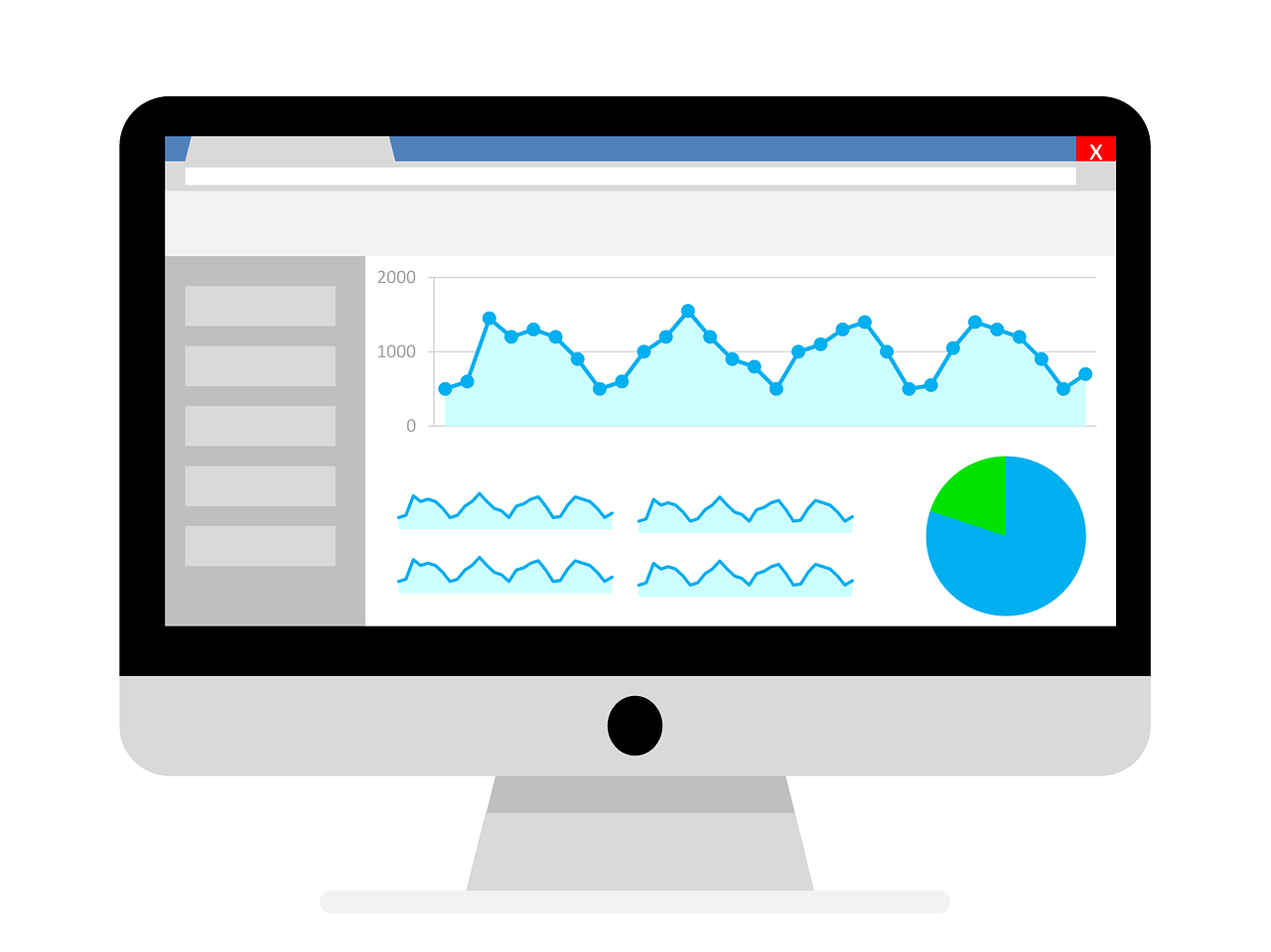
How to create audience personas with Google Analytics data
Google Analytics is an integral part of any online business and its marketing strategy. Without Google Analytics, you wouldn’t be able to know who your audience is, how they find your website, and how they interact with its content and different website elements.
Most website owners use Google Analytics to identify traffic sources and the most popular pages on a website. Many also use it for tracking conversion goals.
However, Google Analytics is incredibly vast and can help you with many more things.
One of those things is creating buyer personas, aka audience persona — which is crucial for building a successful online marketing strategy. You cannot successfully advertise your product or service if you do not know who it is you’re advertising to.
In this post, we are going to share a few tips on how to use Google Analytics data to create buyer or audience personas.
1. Age group
Age group is a big part of audience personas because people in different age groups respond differently to different website content and types of offers.
With Google Analytics, you can easily find the average group of your website visitors as well as potential and existing customers.
Go to Google Analytics > Audience > Demographics > Age to find your website visitors grouped by different age groups.
2. Gender
Gender differentiation can also play a key role in defining your content strategy. Are you writing for males or females? This will likely not only have an impact on your writing tone, but it will also affect your call-to-action, offers, and topic selection.
Go to Google Analytics > Audience > Demographics > Gender to find out which group visits your website the most.
You can also monitor which group buys the most from you, so you can tailor your offers for each segmentation. This information can also help you run different email campaigns with male/female segmentation to achieve a higher ROI.
3. Geolocation
The Geolocation report in Google Analytics can help you populate the location and language tabs in your audience persona cards.
Go to Google Analytics > Audience > Geo > Location to see from which countries, regions, or states most of your audience comes from. In addition, you can also go to Google Analytics > Audience > Geo > Language to identify what language most of your audience speaks.
This is especially beneficial if you are planning to initiate an international SEO (i18n SEO) campaign.
Moreover, insights into these two reports can give you valuable information to customise your offers and make them more appealing to people in different regions.
Different countries have different cultures and priorities. By leveraging specific terms or marketing angles, you can make your offer more appealing.
4. Affinity Categories
Once you have the basics down, the next information you should look into are the affinity categories.
This report tells you more about your target audience that may help you — directly and indirectly — build more accurate buyer profiles.
Google creates affinity categories based on a person’s internet browser history. This includes information such as different websites they visit, the average amount of time they spend on a website, and what lifestyle or interests a user can be associated with, etc.
This report can be used to customise the messaging of your offer. Moreover, it also comes in handy when running targeted display ads. Lastly, you can also use this information to create a content strategy that taps into these other categories and topics while still remaining relevant to the main theme of your website.
5. Devices
Lastly, devices can be a crucial piece of the puzzle.
Nowadays, there are a variety of devices that a person can use to land on and interact with your website: desktop computers, laptops, iPhones, Android phones, tablets, etc.
Knowing which device or type of device is responsible for most of your website traffic is important. This helps you focus and prioritize those devices when it comes to designing or redesigning your website.
You can also use this information to plan your advertisement campaigns and which devices you should focus on.
Conclusion
Creating buyer personas is often the first step before launching a full-fledged marketing strategy. Google Analytics provides you valuable data and insights to create accurate audience profiles.
How do you create buyer personas? Let us know.








